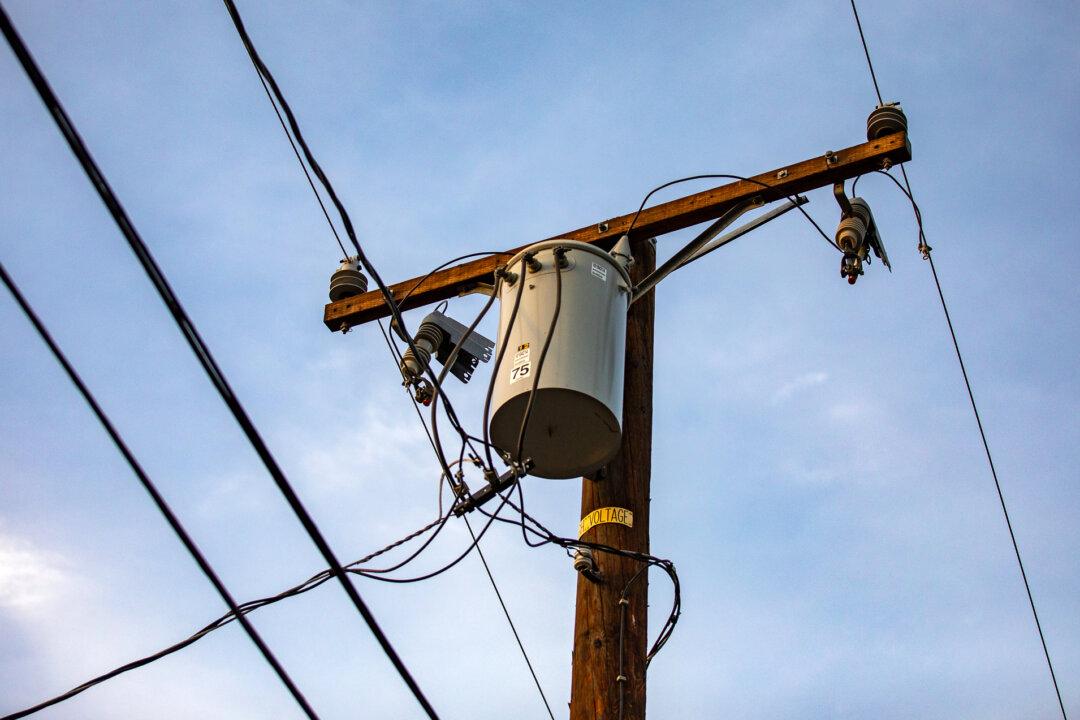Locally run cooperative power utility programs that promise to provide clean energy choices and lower power bills for consumers are financially risky and may not be all they’ve been charged up to be, skeptics say.
Jim Phelps, a power contractor and utility rate analyst based in Novato, Calif., told The Epoch Times that many local politicians, in their zeal to score political points by bringing more green energy to their cities, are clamoring to join or form new Community Choice Aggregate (CCA) programs without doing enough homework.





